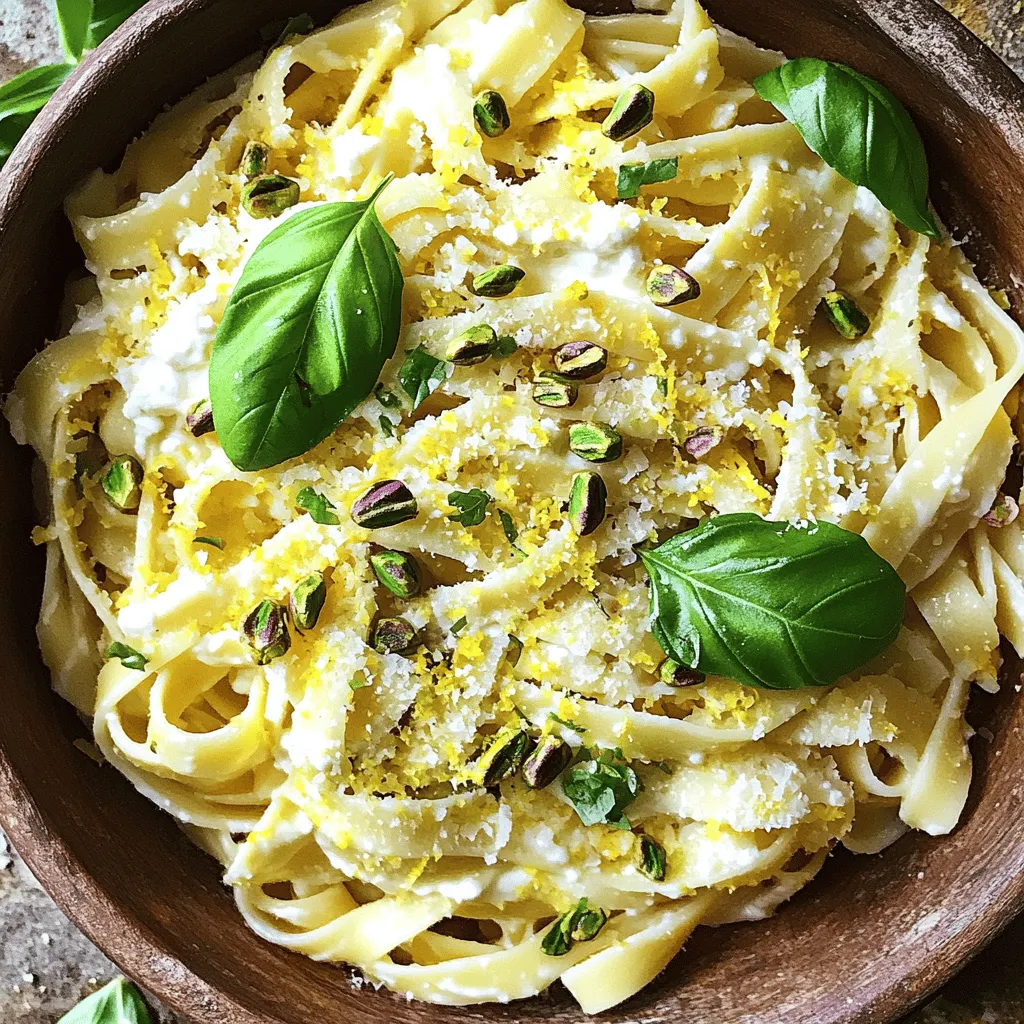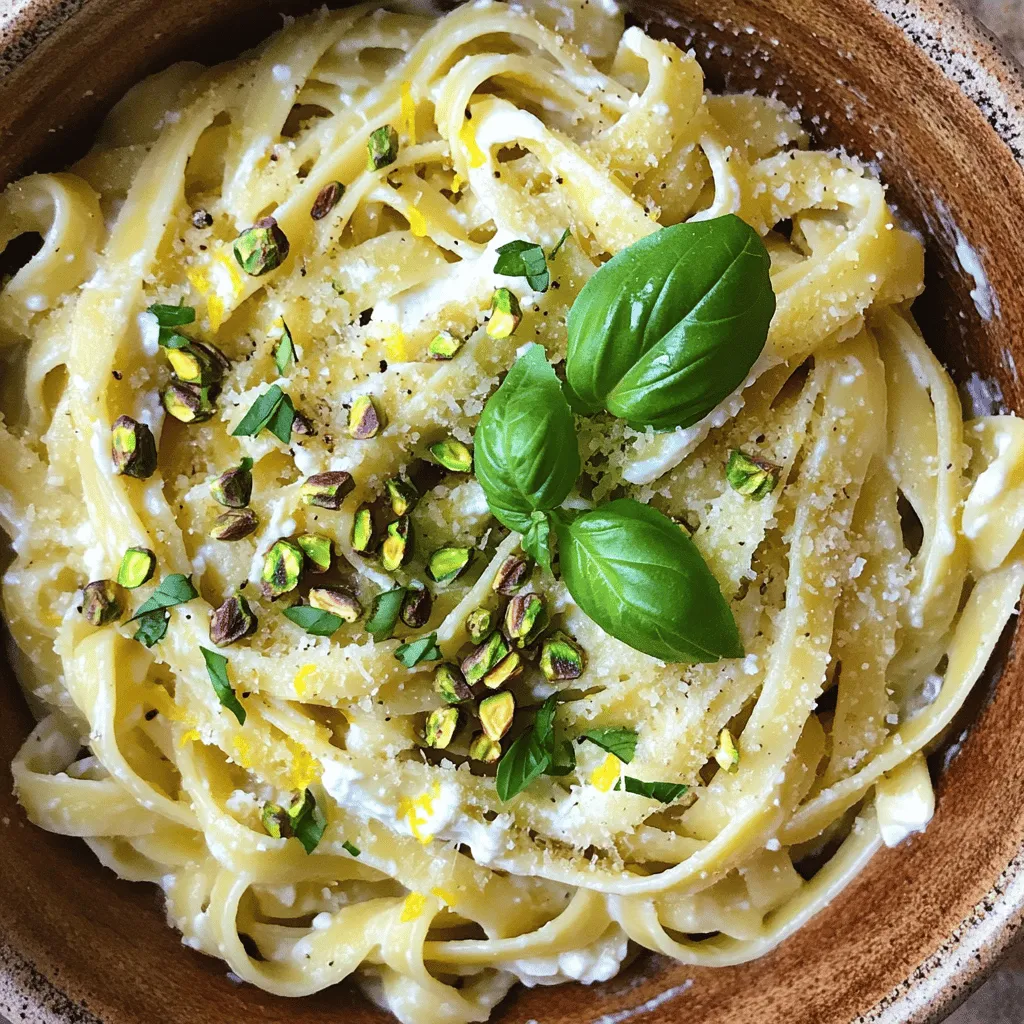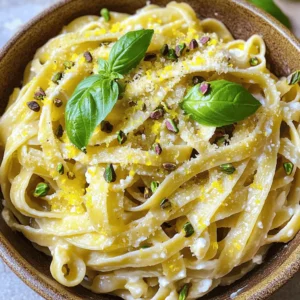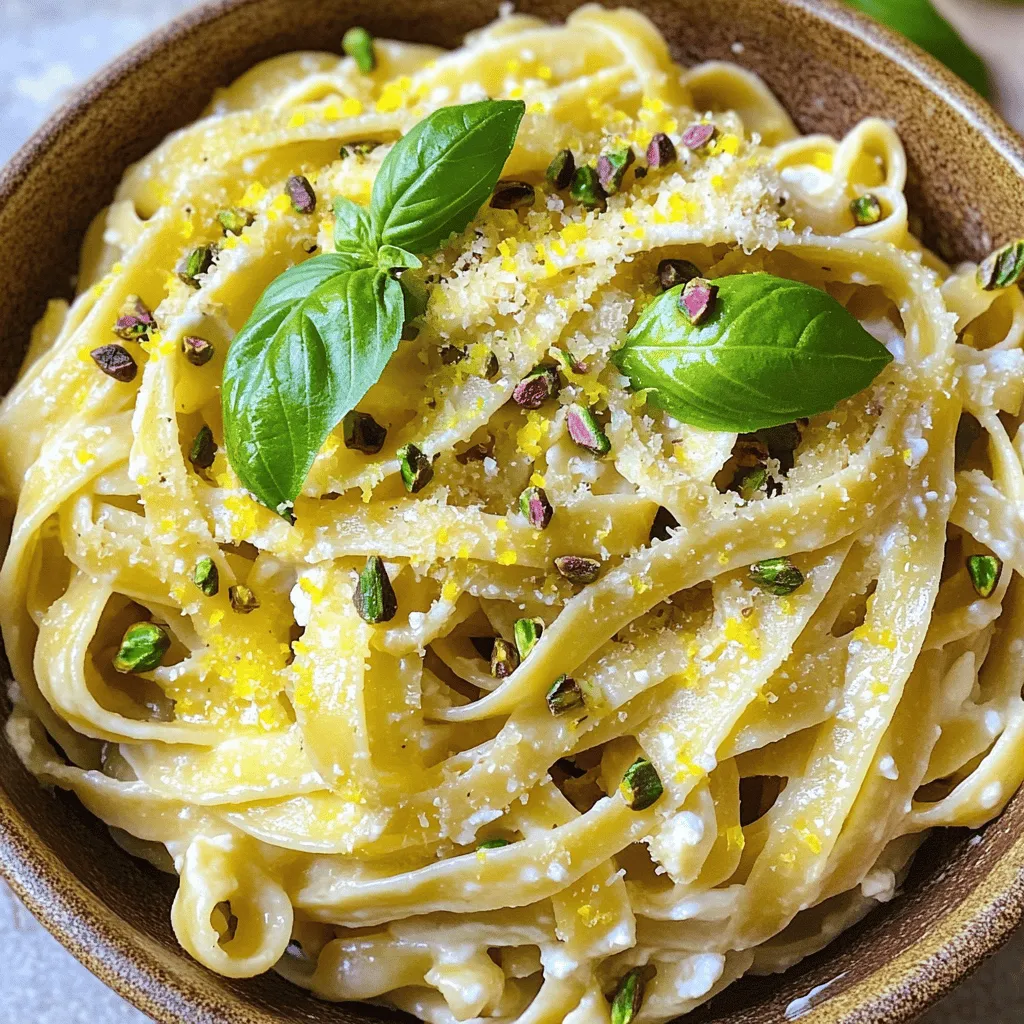Are you ready to dive into the world of authentic Italian pasta? In this article, I’ll reveal the key ingredients you need for traditional pasta recipes. From the right types of flour to essential regional flavors, knowing these elements will elevate your cooking. Whether you’re a seasoned chef or a kitchen novice, understanding these ingredients will unlock the secrets of Italy’s beloved dishes. Let’s get started on your delicious journey!
What are the key ingredients for authentic pasta italiana recipes?
To create authentic pasta italiana, you need a few key ingredients. The first is flour. Use high-quality durum wheat flour for the best pasta dough. This flour gives the pasta a firm texture.
Next, you need eggs. Fresh eggs add richness and color to the dough. If you prefer a lighter pasta, you can use just water and flour.
Salt is also crucial. It enhances the flavor of the pasta. Use a good sea salt for the best taste.
Olive oil is another important ingredient. Extra virgin olive oil adds flavor and helps keep the pasta from sticking.
Now, let’s talk about the sauce. Fresh tomatoes are vital for many dishes. They bring a bright, natural flavor. For creamy sauces, use fresh ricotta or heavy cream.
Cheese is essential too. Parmesan or Pecorino Romano adds depth to many recipes. Fresh herbs like basil or parsley brighten up your dish.
Different regions in Italy use local ingredients. For example, in the north, you might find sauces with cream and butter. In the south, tomato and olive oil are more common. This regional flavor is key to authentic recipes.
For classic dishes, keep a variety of pasta types on hand. Spaghetti, fettuccine, and pappardelle are great choices. These shapes work well with many sauces.
If you want to try a delicious recipe, check out the Full Recipe for Pasta alla Ricotta e Pistacchio. It combines simple ingredients to create a rich and tasty dish.
How can I master the cooking techniques for pasta italiana?
Cooking pasta is an art. To master it, you need to know some key techniques.
What are the best practices for cooking pasta al dente?
Al dente means “to the tooth.” This is how pasta should be cooked. Start with a large pot of salted water. The salt adds flavor. Bring the water to a rolling boil before adding pasta. This keeps the pasta from sticking. Stir the pasta occasionally as it cooks. Check the package for cooking time. Taste the pasta a minute before the time ends. It should be firm but not hard. Drain the pasta, but save some water. This water can help in sauce later.
How can I avoid common pasta cooking mistakes?
Many mistakes can ruin your pasta. First, don’t skip the salt. It’s key for flavor. Avoid cooking pasta in too little water. This can make it gummy. Also, don’t rinse your pasta after cooking. Rinsing washes away the starch, which helps sauces stick. Lastly, don’t overcook your pasta. It can become mushy and lose its charm.
What unique cooking methods enhance Italian pasta dishes?
To elevate your pasta, consider unique methods. Try toasting your pasta in olive oil for a nutty flavor. You can also finish cooking pasta in sauce. This allows the pasta to absorb flavors. Another method is to add fresh herbs at the end. This brightens the dish. For a twist, use cold pasta in salads. It adds texture and flavor.
For a delicious recipe using these techniques, check out the Full Recipe for Pasta alla Ricotta e Pistacchio.

What are some popular traditional Italian pasta dishes?
Pasta is a joy in Italy. Many pasta dishes are loved across the country. Here are some must-try options.
Spaghetti alla Carbonara is a classic. It uses eggs, cheese, pancetta, and pepper. This dish is creamy and rich in flavor.
Penne all’Arrabbiata is spicy and simple. It has garlic, chili, and tomatoes. This dish is perfect for spice lovers.
Lasagna is a layered dish. It has pasta, meat, cheese, and sauce. This dish is hearty and filling.
Fettuccine Alfredo is creamy and smooth. It uses butter, cream, and cheese. This dish is a favorite for many.
Pesto alla Genovese is fresh and fragrant. It uses basil, garlic, pine nuts, and cheese. This sauce pairs well with any pasta.
When you visit Italy, try these dishes. You can find them in many local restaurants. Each dish has its own taste and story.
To recreate classic Italian pasta recipes at home, use fresh ingredients. Choose quality pasta, ripe tomatoes, and flavorful herbs. Check the Full Recipe for a delightful option like Pasta alla Ricotta e Pistacchio.
Each region in Italy has unique pasta dishes. Explore different flavors and styles as you savor the pasta of Italy.
How do regional variations influence pasta italiana?
Pasta comes in many forms across Italy. Each region offers unique pasta varieties. For example, in Emilia-Romagna, you’ll find tagliatelle and tortellini. In the south, like in Campania, they serve gnocchi and scialatielli. These regional pasta varieties in Italy tell stories of local traditions and ingredients.
Regional traditions shape pasta dishes in many ways. In northern regions, cooks often use rich creams and butter. In contrast, southern regions prefer olive oil and fresh tomatoes. Each region’s climate and soil affect what ingredients they grow. This leads to a variety of flavors and textures in pasta dishes across Italy.
You can explore famous regional pasta dishes. For instance, try carbonara from Lazio, made with guanciale, eggs, and cheese. Or enjoy orecchiette with broccoli rabe from Puglia. Each dish reveals a glimpse into the culture and tastes of its region. By learning about these regional differences in Italian pasta dishes, you can appreciate the true essence of pasta.
If you’re curious about a specific recipe, check out the Full Recipe for Pasta alla Ricotta e Pistacchio. It shows how simple ingredients can create authentic flavors.

What is the cultural significance of pasta in Italy?
Pasta is a key part of Italian culture. It has deep roots in Italy’s history and traditions. Many Italians see pasta as more than just food. It represents family, love, and togetherness.
Pasta first appeared in Italy in the 13th century. It became popular in many regions. Each area has its own unique style. For example, in the north, you find fresh pasta. In the south, dried pasta is more common. This shows how pasta reflects local ingredients and customs.
Family gatherings often center around pasta. Italians love to gather for meals. They share stories and laughter, often over a big bowl of pasta. Special occasions like weddings and holidays often feature pasta dishes. It brings people together, making memories that last.
Pasta also links to Italy’s identity. It is a symbol of Italian cuisine worldwide. When people think of Italy, they often think of pasta. It connects Italians to their heritage and roots. Sharing a plate of pasta is a way to share culture too.
To explore pasta in your kitchen, try the full recipe of Pasta alla Ricotta e Pistacchio. This dish highlights Italy’s love for fresh ingredients and rich flavors. Enjoy the taste of Italy in your home!
What are some delicious pasta sauces to pair with pasta italiana?
Creamy Italian pasta sauces add joy to your meal. You can choose from many types. Traditional sauces like Alfredo, Carbonara, and Pesto shine with flavor. Each sauce has its own charm.
What are the most popular sauces to accompany pasta dishes?
Alfredo sauce is a classic. It combines cream, butter, and Parmesan cheese. This sauce feels rich and smooth. Carbonara uses eggs, cheese, and pancetta. It gives a savory twist to your pasta. Pesto is made from fresh basil, garlic, nuts, and olive oil. It brings a fresh, herbal taste. Marinara is another favorite. It’s a tomato-based sauce, simple yet delicious.
How can I create a creamy sauce for my pasta?
To make a creamy sauce, start with a base of butter. Melt it over low heat. Then add heavy cream and stir. Next, add cheese like Parmesan or ricotta. This creates a rich flavor. For an extra kick, add garlic or herbs. Don’t forget to season with salt and pepper. Always taste your sauce before serving. Adjust as needed to achieve perfection.
What seasonal ingredients can enhance my pasta sauces?
Seasonal ingredients add freshness to your sauces. In spring, use asparagus and peas. They brighten up your dish. Summer brings ripe tomatoes and zucchini. Fall offers mushrooms and squash for earthy flavors. Winter is great for kale and root vegetables. These ingredients not only taste good but also add color. They make your pasta look beautiful and inviting.
For a delightful dish, try Pasta alla Ricotta e Pistacchio. It’s fresh, creamy, and filled with flavor. You’ll love how simple it is to make.
In this article, we explored the key ingredients for authentic Italian pasta, cooking techniques, and popular dishes. Understanding regional variations and cultural significance deepens your appreciation for pasta. Remember, the right ingredients and techniques can transform your cooking. Embrace the flavors of Italy in your kitchen. Experiment with different sauces and pasta types for a true Italian experience. Enjoy the journey of cooking and sharing these dishes with others. Pasta brings people together, and that’s what makes it special.








